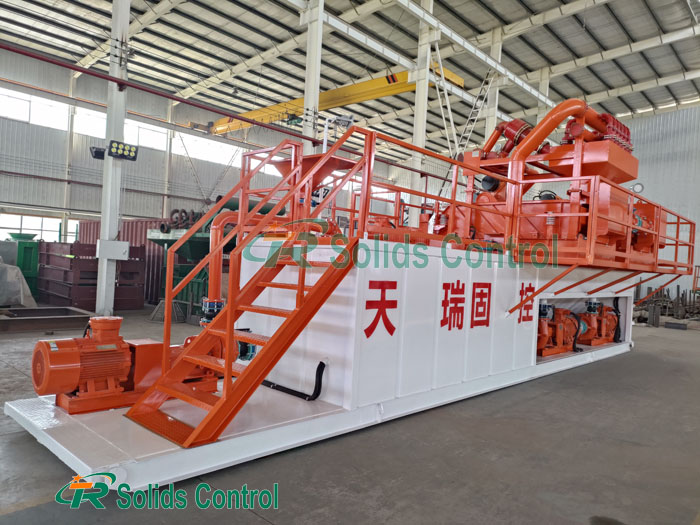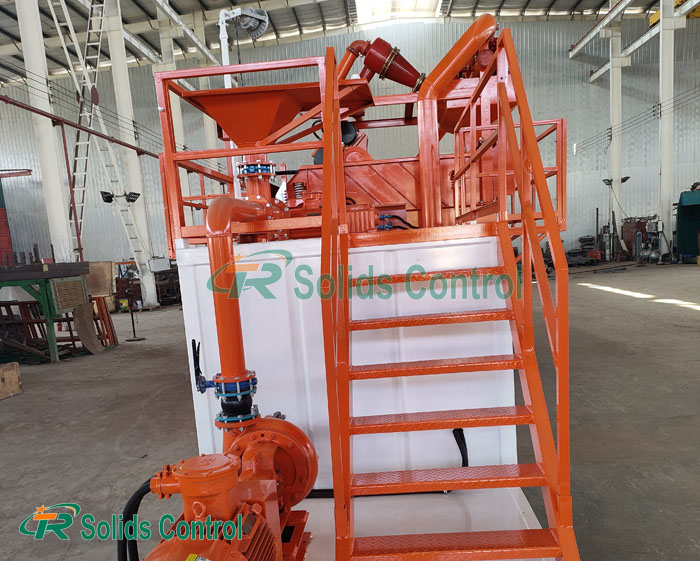Mud recovery systems have become an important part of modern drilling operations. These systems are designed to recover and recycle drilling mud, reducing waste and saving costs. A mud recovery system can reduce fresh mud requirements by up to 80%, making it a necessary investment for any drilling operation.
One of the main benefits of a mud recovery system is that it recovers valuable drilling fluid that would otherwise go to waste. Drilling mud is an expensive and critical component of drilling operations, and recycling and reusing it can save a lot of money. Mud recovery systems also reduce the amount of waste generated, thereby minimizing the environmental impact of drilling operations.
The mud recovery system works by separating drilling mud from solid debris and filtering it through a series of screens and centrifuges. The cleaned mud is then pumped back into the drilling operation while solid debris is removed and sent for disposal. This process can be repeated many times, with the mud being cleaned and reused until it becomes too contaminated for further use.
Another benefit of mud recovery systems is that they reduce the volume of mud required on site, thereby minimizing the space required for mud storage and disposal. This is especially beneficial in areas with limited space or difficult logistics. Additionally, reducing the need for fresh mud reduces the frequency of mud deliveries and associated transportation costs.
Overall, investing in a mud recovery system is a smart choice for any drilling operation. They can save significant costs, reduce waste, and minimize the environmental impact of drilling operations. However, it is important to note that not all slurry recovery systems are created equal. Certain systems may have unique features or capabilities that are better suited to specific drilling operations than others.
When selecting a mud recovery system, it must be ensured that it is suitable for the specific needs and requirements of the drilling operation. This includes factors such as well depth, drilling mud specifications, site conditions and available space. Working with a reputable mud recovery system supplier can help ensure that the system selected is the best for the job.
It is also important to ensure that the mud recovery system is properly maintained to ensure optimal performance. Regular inspection, maintenance and cleaning can prevent breakdowns and ensure that the system operates as expected. Training and education programs can also help operators understand how to properly operate and maintain the system.
In conclusion, a mud recovery system is an essential investment in any drilling operation. Not only do they recover valuable drilling fluid and reduce waste, but they also save significant costs in mud procurement and disposal. Investing in a custom, well-maintained system can keep drilling operations running efficiently, sustainably and safely.





